Flow escaped a grey and wet Sydney to attend the Norco 2013 Dealer Launch in ridiculously sunny QLD and on hand were many new models of the bigger wheeled variety. But what made this trip most exciting was the attendance of PJ Hunton, Norco’s Engineering Manager. Plus, we were treated to an opportunity to ride Norco’s brand new 650B trail bike, the Sight Killer B.
This was going to be a very interesting trip, combining our very first ride on a 2013 650B suspension bike and the chance to pick the brains of one of the brightest engineering minds of the mountain bike world.
We were able to test all the bikes on offer around the varied and fun trails of Old Hidden Vale. These are our first impressions on the selected range and Flow plan to test the Revolver and Sight Killer B some time soon.

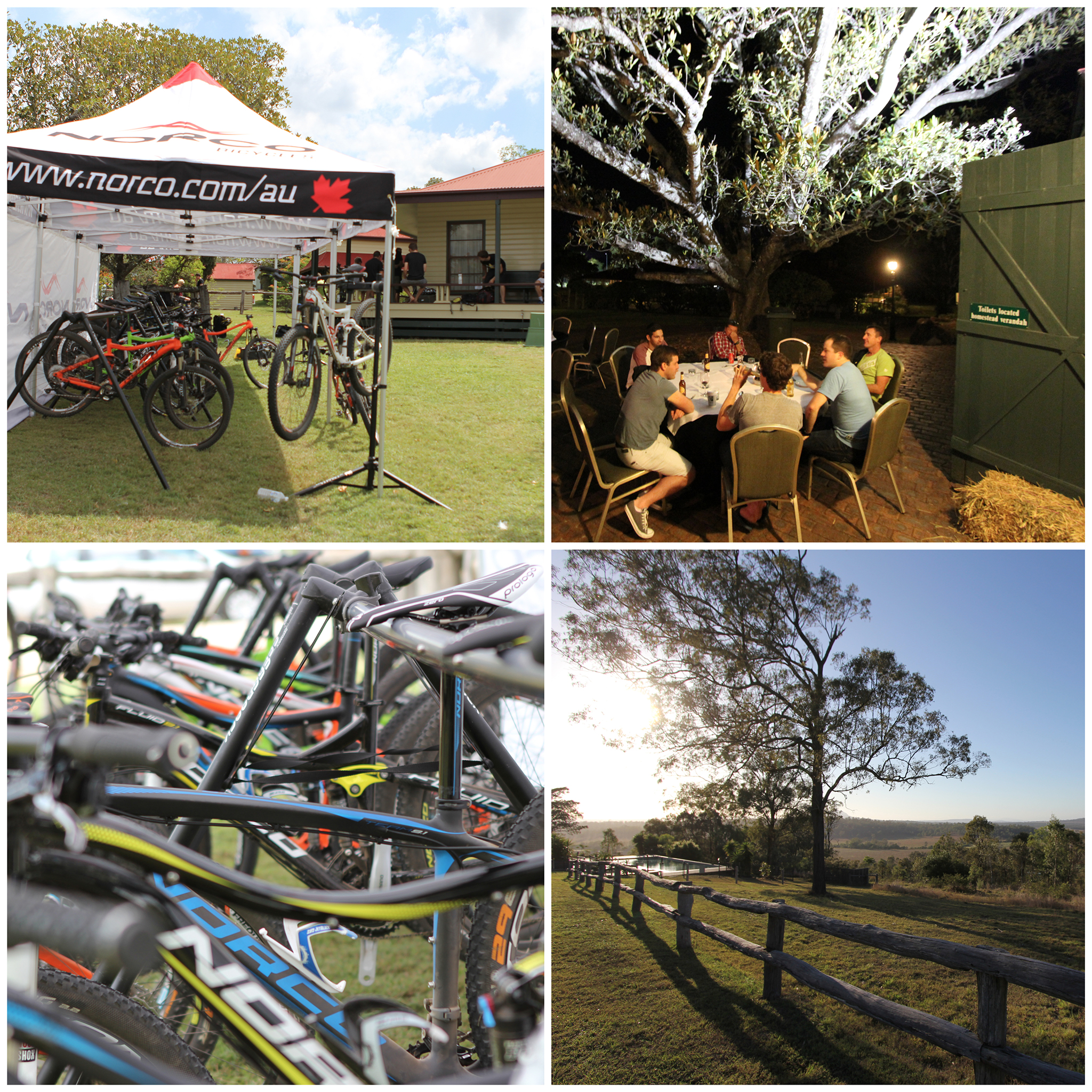
The first thing that stood out was the glaring absence of a 26” wheel in the testing fleet. Norco seems to be throwing their weight behind the big wheels, and with good reason, as we were to find out soon.
Norco is adding a few new models to their catalogue for next season and has updated some old favourites:
- Team. A new carbon 29er hardtail.
- Fluid. An entry level 29er dual suspension bike.
- Revolver. Their new flagship aluminium 100mm 29er.
- Sight. The 140mm Sight undergoes a complete makeover turning it into a 650B trail shredder.
- Shinobi. The all-mountain 29er Shinobi undergoes a few geometry tweaks, but remains primarily the same.
All the dual suspension bikes from Norco use their A.R.T. (Advanced Ride Technology) design. This is Norco’s own interpretation of the Specialized patented FSR design and was first designed by Horst Leitner, a motorcycle engineer, in 1992. Norco are firm believers in the FSR design for stiffness, suspension activity and efficiency. A major difference between a Specialized FSR and a Norco A.R.T. frame is the rear axle path. Norco have opted for a more rearward axle path (where the rear wheel travels away from the centre of the bike) to benefit from the braking and pedalling efficiency it offers. Chain tension (pedal power) helps to combat the suspension from squatting under pedalling action and allows the rear wheel to move rearwards slighty so the bike can maintain as much forward momentum as possible.
Revolver
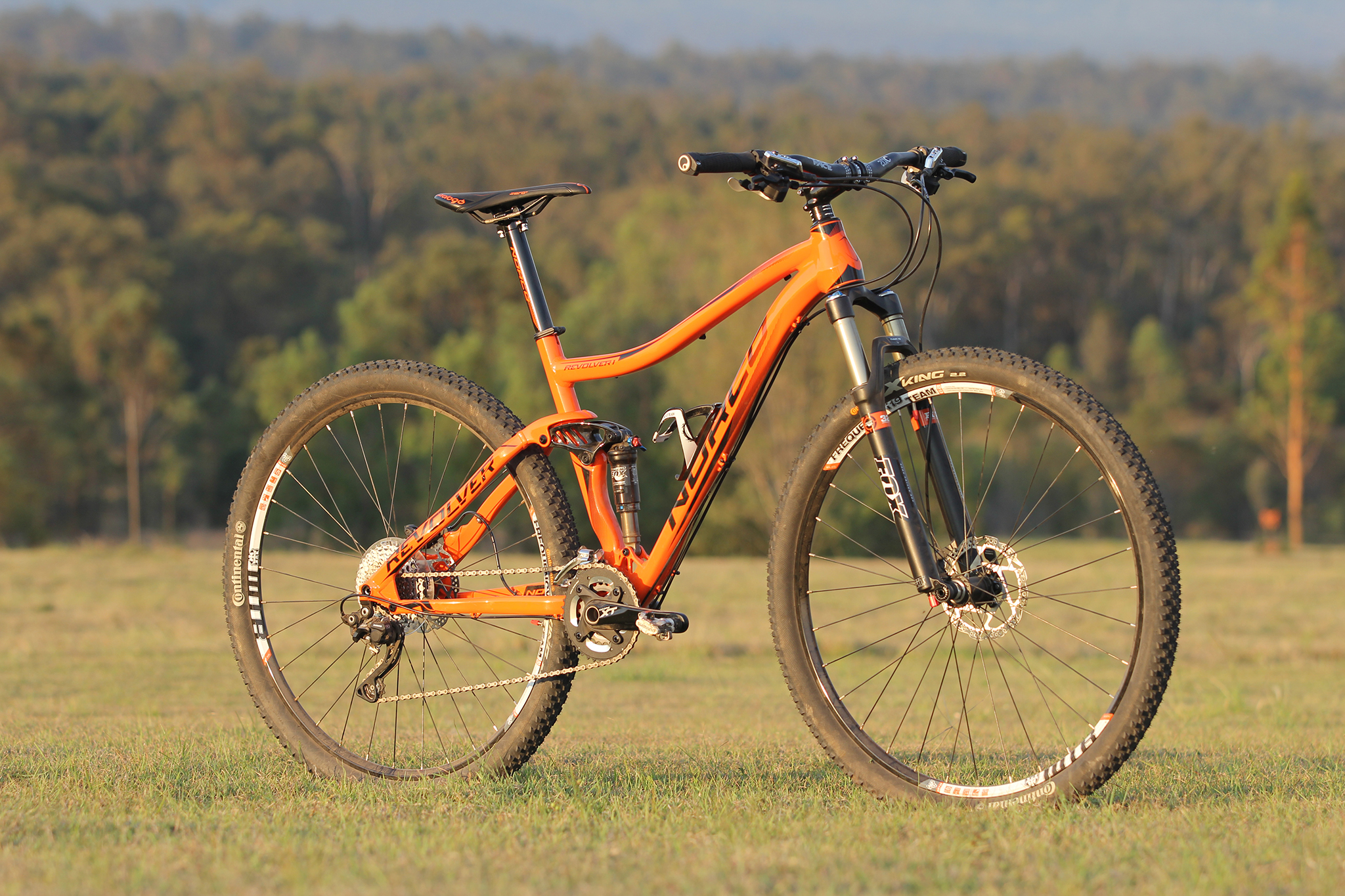
There is no doubt the all-new Revolver is going to be a sure bet for the speed hungry marathon riders. The completely new platform uses 100mm travel front and back, stylishly hydroformed tubing, fast handling geometry and a particularly sorted component spec. We predict seeing many of these lairy numbers on the trails soon, especially when you take into account the pricing at $3999.

We didn’t get much chance to ride the Revolver this time around, but throwing a leg over this bright orange 29er showed us that its supple and balanced suspension will be a winner. And for the price, it’s definitely worth a look in.
Fluid
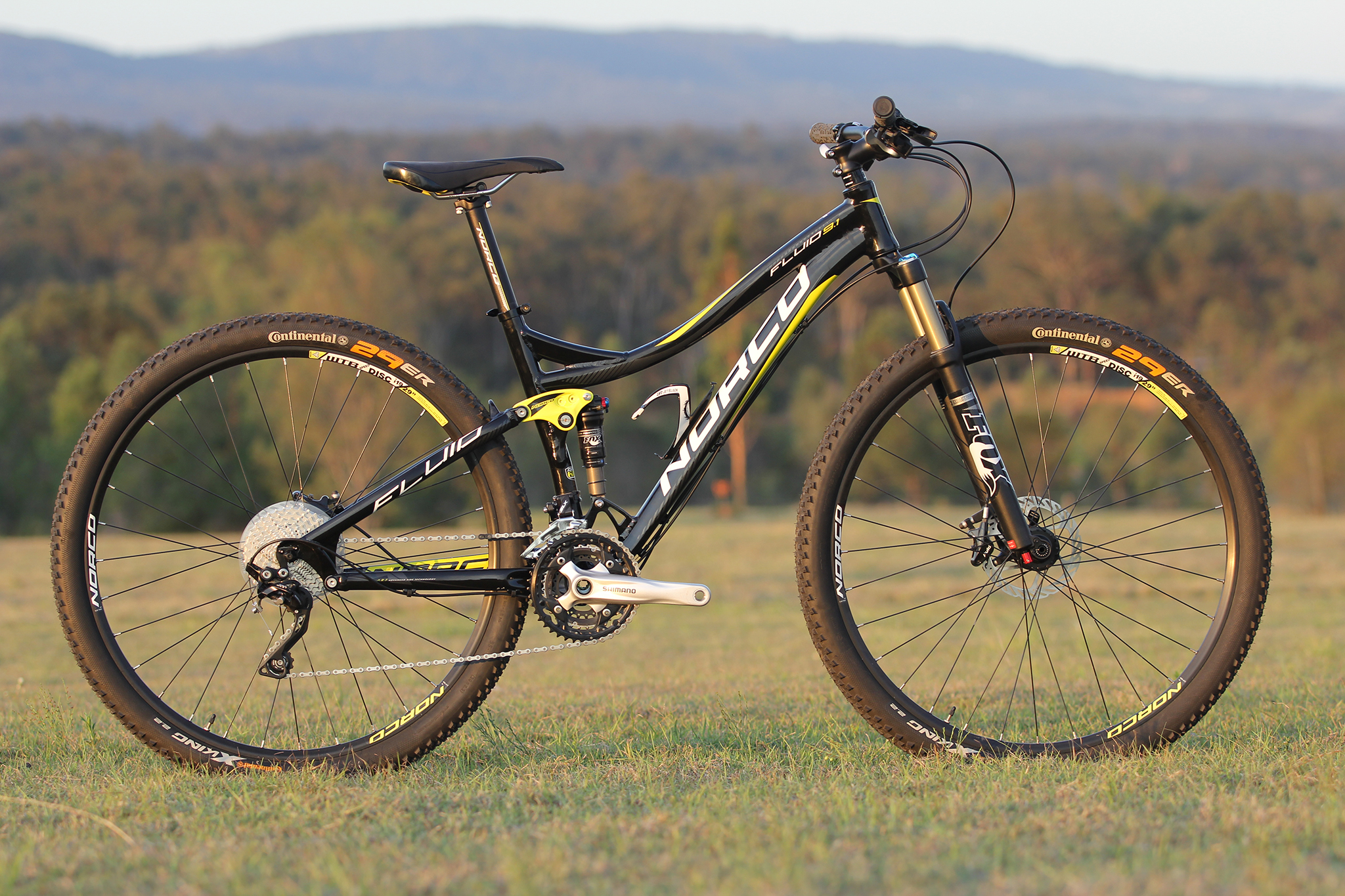
Aiming to bring 29er dual suspension performance at a lower price point, the Fluid uses the same suspension design of the Revolver, executed in a more economic package.

Riding the Fluid made it obvious that with the right suspension and geometry, a bike of lower value and spec can often just feel a little heavier than its higher priced brothers. In terms of braking, shifting and ergonomics the Fluid has it dialed for the dough. It was a load of fun to ride
Team

A new offering from Norco is a premium carbon hardtail simply named ‘Team’. Utilising many of the slick and modern features that we expect from this style of bike. Neat is the word, and wherever you look it’s smooth refined. Check out the internal gear cables, press fit bottom bracket bearings, and the use of decals in place of paint to save even more weight.
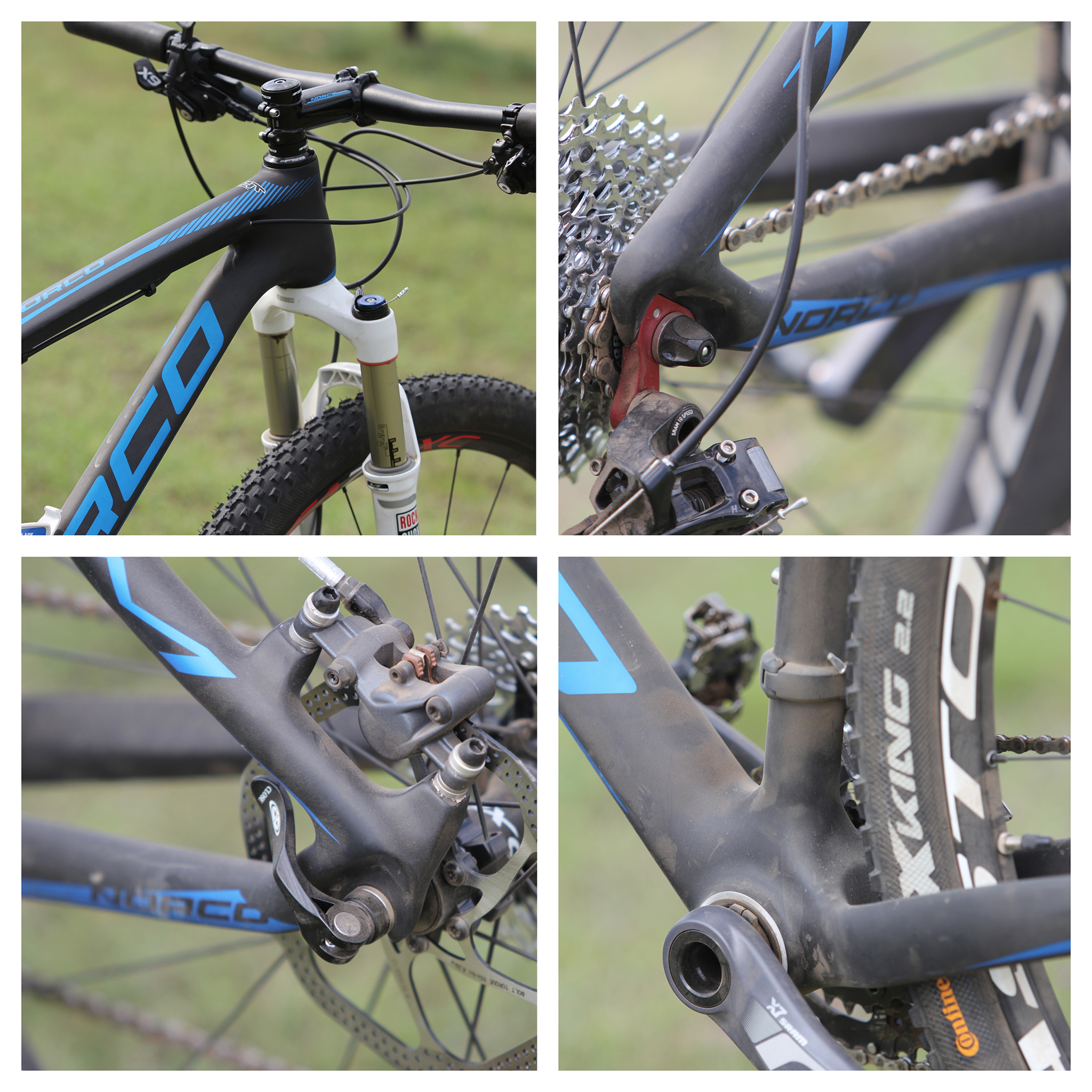
On the trail the Team was a pleasant surprise to ride. We were expecting to be beaten around like riding a typical hardtail, but the compliance from the carbon frame was just right and the ride wasn’t as expected. Although the decision to run a standard seat post (rather than a narrow diameter 27.2mm for a little give when seated) to allow for an adjustable post was a trade off of seated comfort. Generous width handlebars set quite low allowed us to really shred the single track and we think this bike could happily blur the lines of racing and trail riding.
Shinobi

Now this is a true all-mountain bike. Revised for 2013, with a shorter front end and slightly higher bottom bracket, the Shinobi will roll over anything, literally. If there is one bike that we have ridden in the last couple years that beholds that ‘plough through’ attitude, it is one. It’s not light, and needs to be taken to high speeds to make use of it’s confidence and momentum, but gee whiz it isn’t afraid of much.
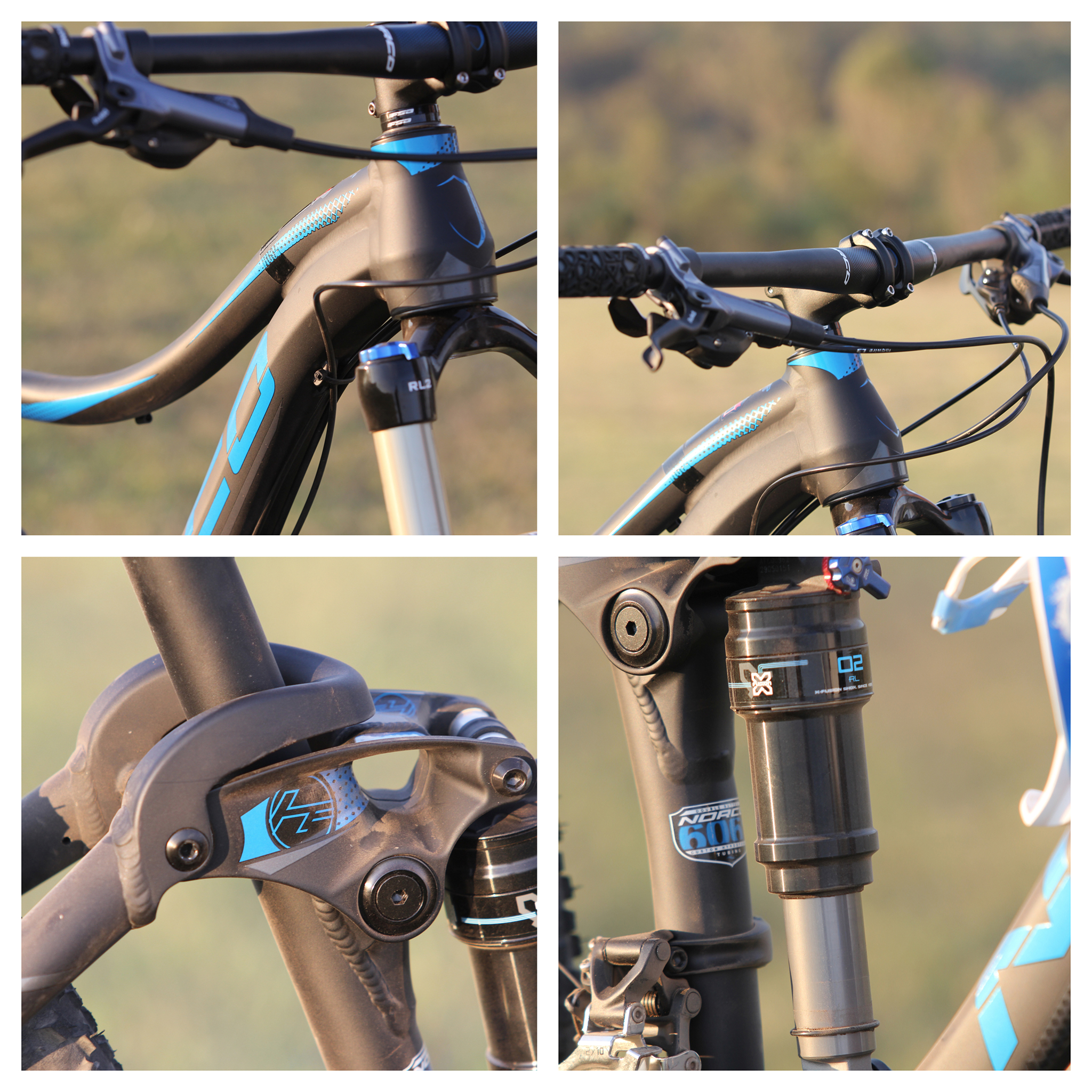
Sight Killer B

This was our highlight of the bikes on display. Not just because it uses the new ‘in between wheel size’ but we had recently tested and fallen in love with the 26” wheeled Norco Sight earlier this year. Its supple and balanced suspension, ripping agility and tidy frame construction impressed us greatly.
When we heard that Norco had set its sights on re-vamping the frame to accommodate the larger diameter 650B wheel we naturally felt quite excited to ride one. It simply made a lot of sense to us. 140mm travel is that sweet spot for a 650B wheel. Not too much travel to make it feel cumbersome, and enough travel to make it less suited to a 29er. Chain stay length of a 29er is a big challenge for frame designers. It becomes tricky to keep the rear end of the bike from becoming too long, having adverse effects on handling, weight, lateral rigidity and tyre clearance. PJ from Norco put it out there and claimed that you really don’t have those challenges with combining a 650B with the desired geometry.
The Sight also scores Norco’s Gravity Tune system, found also on the Aurum downhill bike, where the rear end changes in length as well as the front end as the size changes. So, a larger size has a longer rear end for a better fit. This is achieved not by different length chain stays, but the bottom bracket moves around the main pivot creating a longer rear centre.

So, how did it feel? Well, the first few pedal strokes and turns out of the gate felt very normal, with no major glaring traits jumping out at us. It was when the trails turned fast and rough that we got the feeling that this new breed of trail bike is going to change a lot of people’s perspectives. We tipped and leant into tight turns with rapid pace, straight-lined with speed through embedded rocks easily and controlled, and the tyres simply never seemed to be close to letting go. We began to feel that the tyres felt low on pressure, and the shock felt really soft, but the bike had been set up carefully and we surmised it was the performance of the bike which was making everything smoother? What we were experiencing was just the slightly bigger wheel doing what it is meant to do; roll better that a 26” wheel, but fit in a frame without making too many compensations in the geometry. We were sold.

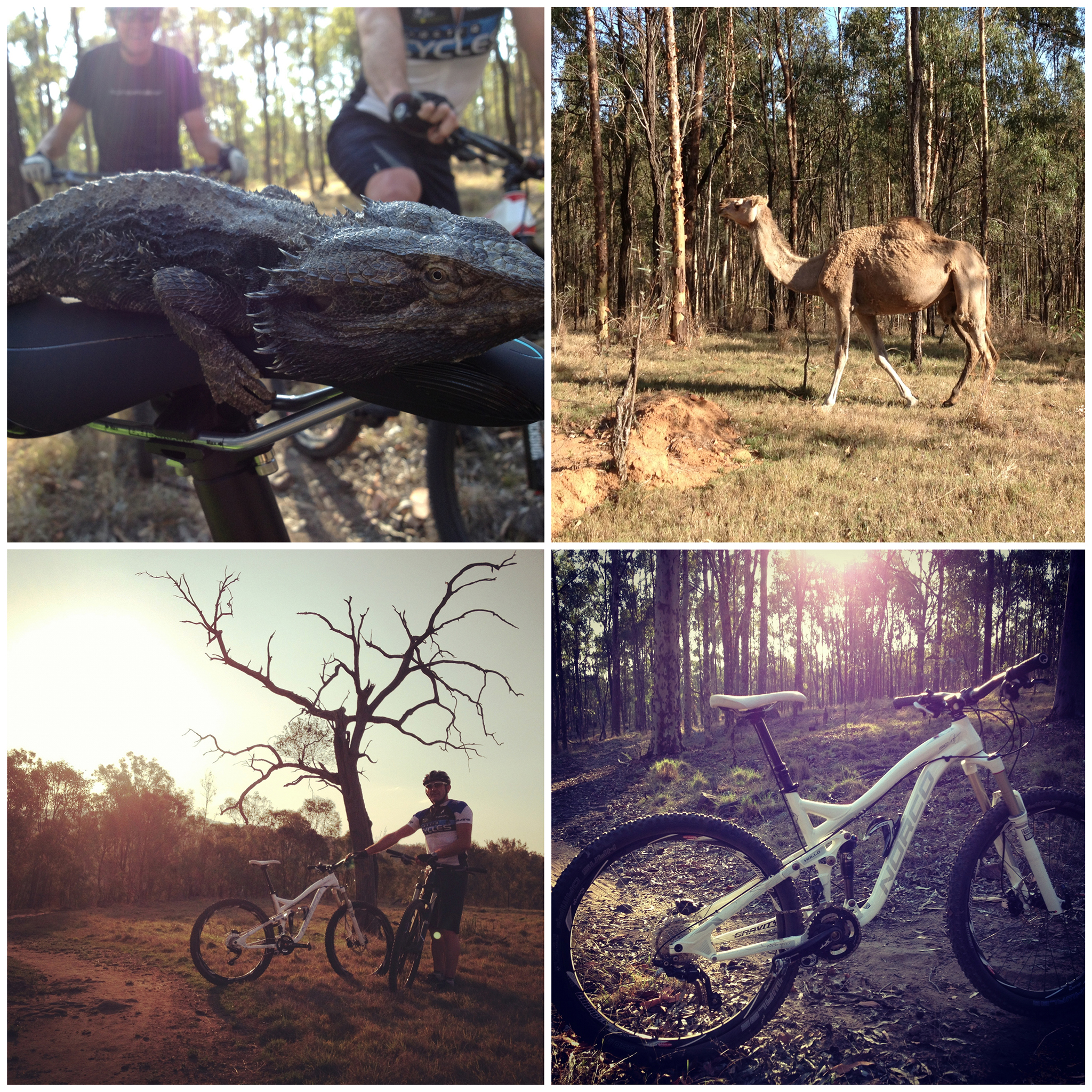
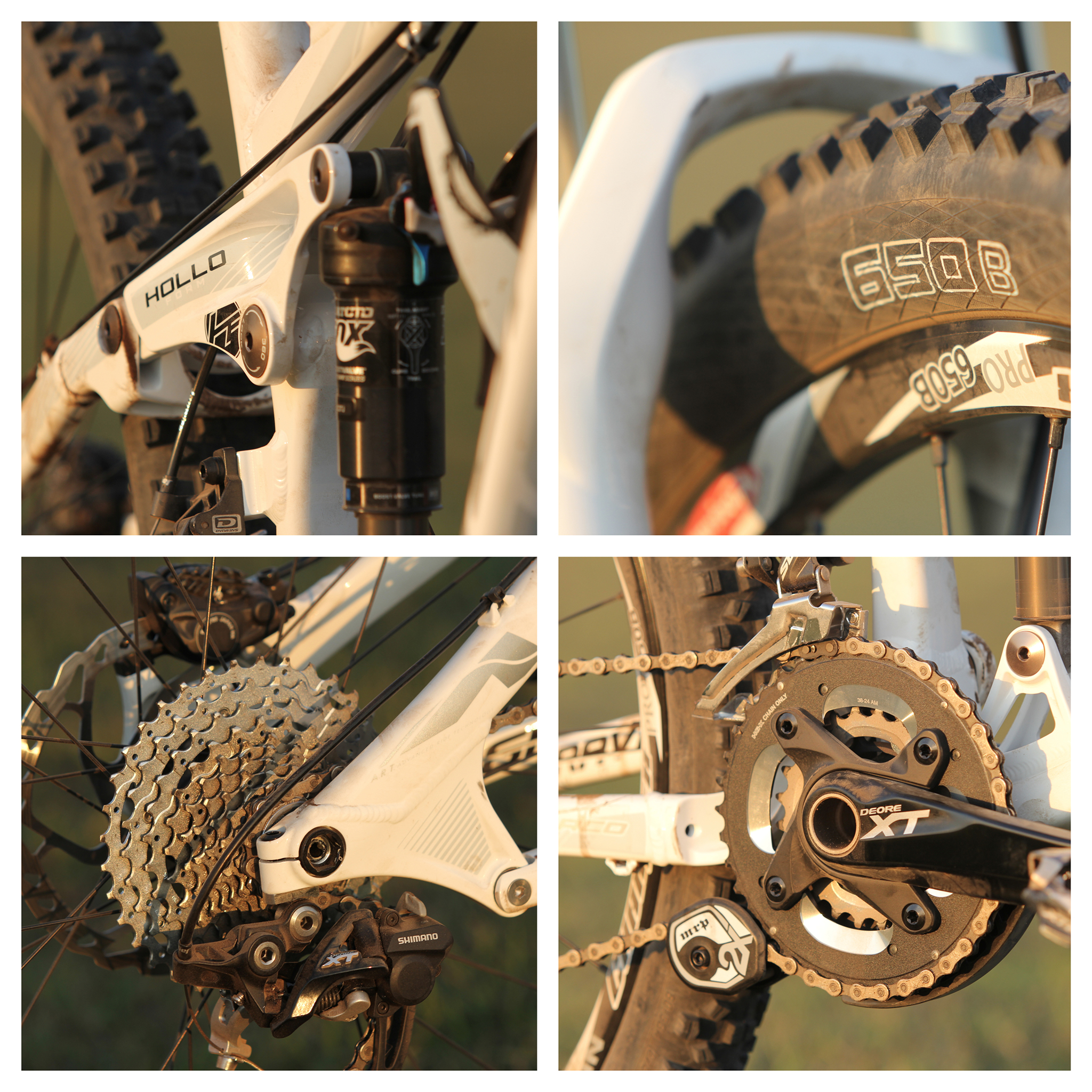
Jump onto www.norco.com for all the retail pricing and more information.
